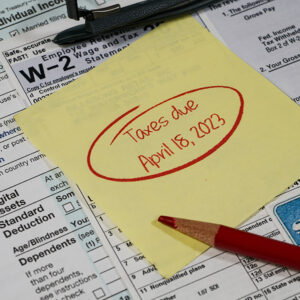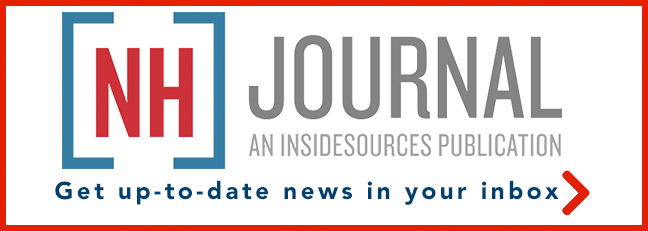The annual tax-filing ritual sends Americans across the country scrambling to gather documents and brace for the inevitable confusion that results. For a lucky few, it can be a straightforward process. But tax filing can be a complicated and time-consuming ordeal for many, particularly for lower-income taxpayers. As we reconcile our tax bills, it’s natural to wonder: who pays taxes, and what do they fund?
You’re not alone if Tax Day triggers fear and confusion. Even Americans who use tax software or an accountant face a seemingly endless list of questions. The process is a black box to most people: information in, tax refund out.
This is because politicians on both sides of the aisle get carried away with designing new tax programs without considering how the whole system works when families file their taxes. As a result, the United States has at least six sets of rules on how a child might qualify a family for tax benefits, 15 programs targeted at higher education, 18 tax-advantaged savings accounts and 14 deductions for people who itemize. The task of merely describing how these tax programs work is the subject of hundreds of pages of IRS instructions and countless inscrutable forms and worksheets.
The Rube Goldberg contraption that is our tax code not only sucks up time and resources to understand and follow the rules but also sows confusion about who pays taxes, how much they pay, and what all the money we send to Washington each year actually goes to fund.
Government data show the federal tax system is highly progressive. The highest-income Americans pay a disproportionate share of income taxes and face the highest average tax rates across all federal taxes. Income taxes — the taxes we file in April every year — account for more than half of federal revenue. Payroll taxes make up about 30 percent, and corporate taxes bring in about 10 percent. The remaining revenue comes from smaller sources, such as estate taxes, tariffs and excises.
For all but the top 10 percent of income earners, Americans pay more payroll tax than income tax each year. The U.S. Treasury’s Office of Tax Analysis estimates that across the entire federal tax system, the bottom 20 percent of income earners pay, on average, close to nothing in taxes. For these individuals, payroll and other taxes are offset by refundable tax credits, such as the Earned Income Tax Credit and Child Tax Credit.
The top 10 percent of income earners pay an average tax rate of 27 percent, and the top 0.1 percent pay an estimated average tax rate of 32 percent. The top 10 percent pay about 60 percent of the almost $5 trillion in revenue raised by the federal government last year.
So where does all that revenue go? While some believe welfare and foreign aid make up most of federal spending, others point to defense and corporate welfare. The truth is that health entitlements — Medicare, Medicaid, Obamacare — and Social Security make up the largest programs in the federal budget, a combined two-thirds of all spending. These entitlements and interest on the national debt are projected to consume every dollar of taxes paid in about eight years.
Amazingly, the trillions in taxes paid were still $1.3 trillion short of what Congress spent in 2022. This is nothing new. The feds have run a budget deficit every year since the early 2000s. It is also unsustainable.
Eventually, something has to give. Either Congress will raise taxes, or Congress will constrain spending growth. Let’s hope they find some savings before raising our taxes.
As is evident every year around Tax Day, the tax filing process is complex to the point of obscuring how our federal fiscal system operates. So, in addition to bringing spending in line with revenues — which are at historic highs — Congress should also strive to design a tax system in which Americans can more easily understand what they owe in taxes and why.
Congress can take simple steps, such as simplifying child and dependent benefits, consolidating education tax subsidies, simplifying the taxation of savings, and moving more Americans to the simpler standard deduction. Taxpayers deserve a system that is fair, transparent and efficient.





